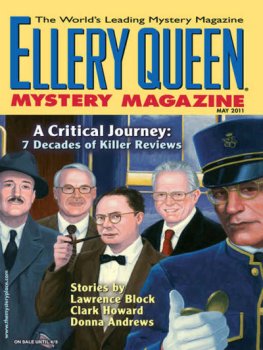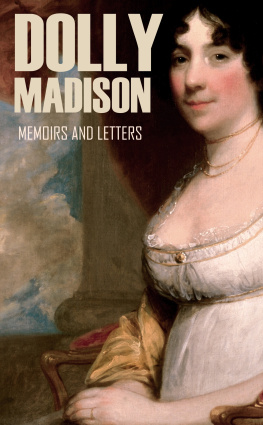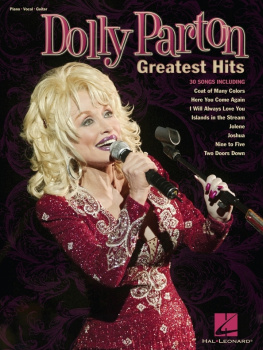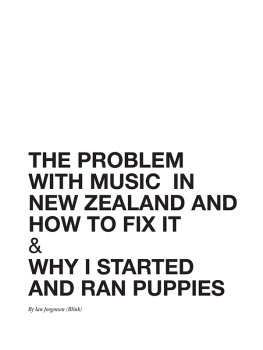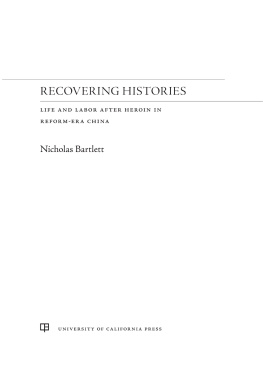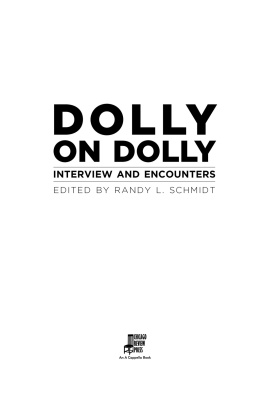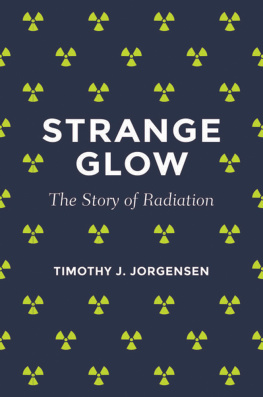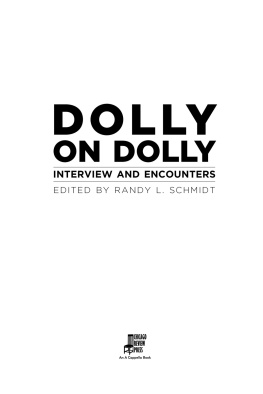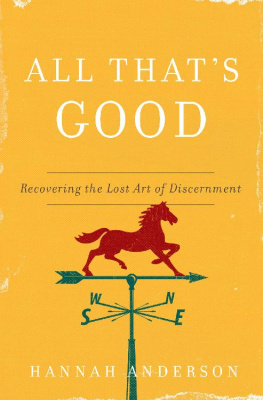Dolly Jorgensen - Recovering Lost Species in the Modern Age: Histories of Longing and Belonging
Here you can read online Dolly Jorgensen - Recovering Lost Species in the Modern Age: Histories of Longing and Belonging full text of the book (entire story) in english for free. Download pdf and epub, get meaning, cover and reviews about this ebook. year: 2019, publisher: The MIT Press, genre: Romance novel. Description of the work, (preface) as well as reviews are available. Best literature library LitArk.com created for fans of good reading and offers a wide selection of genres:
Romance novel
Science fiction
Adventure
Detective
Science
History
Home and family
Prose
Art
Politics
Computer
Non-fiction
Religion
Business
Children
Humor
Choose a favorite category and find really read worthwhile books. Enjoy immersion in the world of imagination, feel the emotions of the characters or learn something new for yourself, make an fascinating discovery.

- Book:Recovering Lost Species in the Modern Age: Histories of Longing and Belonging
- Author:
- Publisher:The MIT Press
- Genre:
- Year:2019
- Rating:3 / 5
- Favourites:Add to favourites
- Your mark:
- 60
- 1
- 2
- 3
- 4
- 5
Recovering Lost Species in the Modern Age: Histories of Longing and Belonging: summary, description and annotation
We offer to read an annotation, description, summary or preface (depends on what the author of the book "Recovering Lost Species in the Modern Age: Histories of Longing and Belonging" wrote himself). If you haven't found the necessary information about the book — write in the comments, we will try to find it.
Dolly Jorgensen: author's other books
Who wrote Recovering Lost Species in the Modern Age: Histories of Longing and Belonging? Find out the surname, the name of the author of the book and a list of all author's works by series.
Recovering Lost Species in the Modern Age: Histories of Longing and Belonging — read online for free the complete book (whole text) full work
Below is the text of the book, divided by pages. System saving the place of the last page read, allows you to conveniently read the book "Recovering Lost Species in the Modern Age: Histories of Longing and Belonging" online for free, without having to search again every time where you left off. Put a bookmark, and you can go to the page where you finished reading at any time.
Font size:
Interval:
Bookmark:
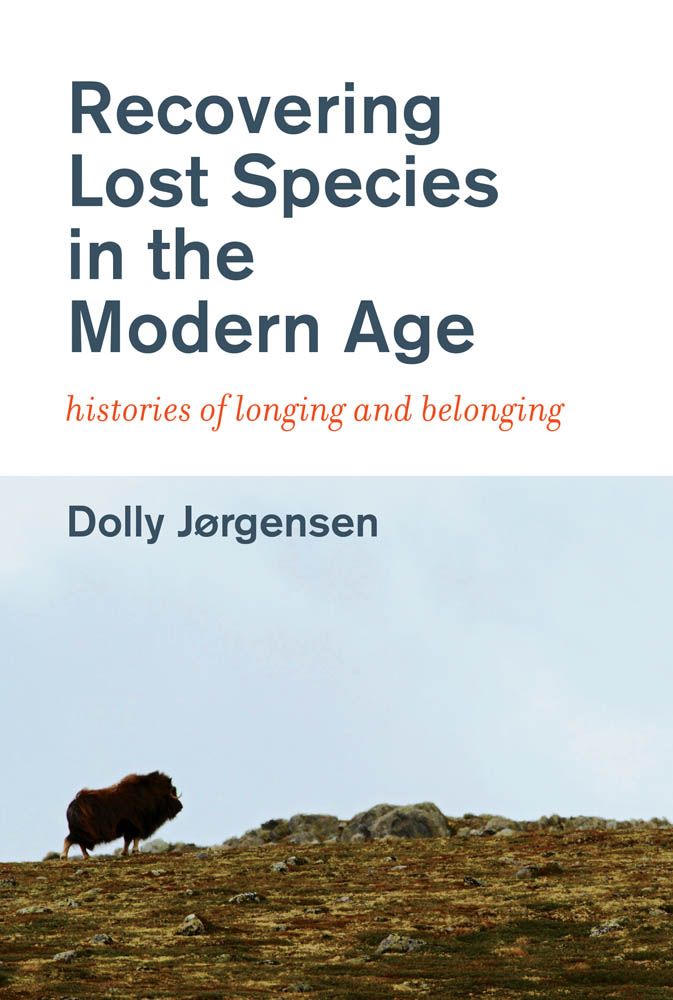
History for a Sustainable Future
Michael Egan, series editor
Derek Wall, The Commons in History: Culture, Conflict, and Ecology
Frank Uektter, The Greenest Nation? A New History of German Environmentalism
Brett Bennett, Plantations and Protected Areas: A Global History of Forest Management
Diana K. Davis, The Arid Lands: History, Power, Knowledge
Dolly Jrgensen, Recovering Lost Species in the Modern Age: Histories of Longing and Belonging
Dolly Jrgensen
The MIT Press
Cambridge, Massachusetts
London, England
2019 Massachusetts Institute of Technology
All rights reserved. No part of this book may be reproduced in any form by any electronic or mechanical means (including photocopying, recording, or information storage and retrieval) without permission in writing from the publisher.
Library of Congress Cataloging-in-Publication Data.
Names: Jrgensen, Dolly, 1972- author.
Title: Longing and belonging : recovering lost species in the modern age / Dolly Jrgensen.
Description: Cambridge, MA : MIT Press, [2019] | Series: History for a sustainable future | Includes bibliographical references and index.
Identifiers: LCCN 2019005609 | ISBN 9780262537810 (pbk. : alk. paper)
Subjects: LCSH: Restoration ecology--Psychological aspects. | Wildlife recovery--Psychological aspects. | Wildlife reintroduction--Psychological aspects. | Human ecology--Psychological aspects. | Human-animal relationships.
Classification: LCC QH541.15.R45 J675 2019 | DDC 639.9--dc23
LC record available at https://lccn.loc.gov/2019005609
10 9 8 7 6 5 4 3 2 1
ISBN: 978-0-262-03905-5
Retail e-ISBN: 978-0-262-35395-3
Library e-ISBN: 978-0-262-35394-6
MITP e-ISBN: 978-0-262-35393-9
For Marion and Lina
May the past always be present to lead you into the future
Figure 2.1. Scene of a beaver castrating itself before hunters in a medieval bestiary. Bestiary, second quarter of fourteenth century, MS. Bodl. 764, fol. 14r.
Figure 2.2 The letterhead of P. M. Jensen, showing him taking care of his beavers. Letter in Jamtli Archive, stersund, Sweden.
Figure 2.3. Sven Arbman checks the condition of the two beavers to be released in 1922, while Eric Festin and a young boy look on.
Figure 3.1. Muskox at the Tnns Muskox Farm, Sweden, 2015.
Figure 3.2. Muskox neck vertebrate bones found in the Dovre mountains on display in the Agder Natural History Museum and Botanical Garden, Kristiansand, Norway, 2016.
Figure 3.3. Muskox calves onboard the ship Polarbjrn on their way to Norway from East Greenland, 1931.
Figure 3.4. Picture of the sheriff and Olas son with the dead muskox. Published in Aftenposten, July 23, 1964.
Figure 4.1. Passenger pigeon. Illustrated in John James Audubon, The Birds of America from Original Drawings (1827), plate 62.
Figure 4.2. Passenger pigeon monument in Wyalusing State Park, Wisconsin
Figure 5.1. Bruno the Bear on display at the Museum of Man and Nature, Munich, Germany.
Figure 5.2. Portion of the JJ1/Bruno exhibit at the Museum of Man and Nature, Munich, Germany.
Figure 5.3.Martha, the Last Passenger Pigeon mural, by artist John A. Ruthven, Cincinnati, Ohio.
Figure 5.4. Beaver exhibit at Vsterbottens museum, Ume, Sweden. Now removed.
Michael Egan
I teach an undergraduate course titled The History of the Future. It challenges students to reflect on how past societies imagined their futures. As a result, the course poses a series of feedback loops between overlapping and disparate pasts, presents, and futuressome real and some imaginedand makes a deliberate point of situating its students within this continuum. Or, at least, makes them interact with the past both as historical circumstances and as historical actors. The history of the future means to examine not just what happened, but also what people thought might happen. It unlocks the hopes and fears of past peoples and societies. And in broaching roads considered and not taken, alongside the ones that were taken, the history of the future attempts an honest dialogue in our present about our futures. Dolly Jrgensens Recovering Lost Species in the Modern Age: Histories of Longing and Belonging engages in a similar exercise by examining how nostalgic practices inspired future-oriented actions through ecological restoration and species reintroduction. This topic has become all the more current with flirtations toward de-extinction, DNA-sequencing-speak for resurrection. In so doing, Jrgensens work strikes at the central pillars of this series: to take the pastand ideas about the pastseriously as a method of preparing for our environmental futures. Across four case studies Jrgensen invites deliberation on the intricate braiding of place, nature, and human emotions. By way of framing the work, I propose to think historically about the present: rather than drawing on past examples, I play with future nostalgias. Things we might lose. This is a kind of longing in itself.
***
Any proper bestiary accords privileged space to the places its creatures inhabit. It is not enough to marvel at their fantastical qualities; fictional and real beings must come from somewhere. Elves (fictional, so far as I know) are of Germanic descent, Jorge Luis Borges tells us. According to Caspar Henderson, the hirsute yeti crab (real, as of 2005) prowls the Pacific-Antarctic Ridge, near Rlyeh. Place matters. Not only is place an indicator of habitat and characteristics, it is also necessary fodder for human connection and the stage for storytelling and, sometimes, mythmaking. Places are frequently defined by their bestiary. In other cases, creatures are the most celebrated inhabitants of particular places. How that connection with place intersects with the need to protect, preserve, or reintroduce these iconic species is fraught with old and new politicsand incommensurable interests.
***
If the axolotl didnt exist, you would have to invent it. When I first read Julian Cortzars Axolotl, I assumed he was writing about a fictional creature. There was no other way to make sense of the creature he was describing, the one he thought a great deal about and the one he eventually became. Now I am an axolotl, he wrote: a Kafka-esque metamorphosis occurring at a slower, Latin pace. But axolotls, to me, were like elves: delightfully not of this world. Except that they are of this world. Whats interesting is that axolotls are salamanders that do not undergo metamorphosis, so perhaps my Kafka reference is best ignored. They never really get out of the tadpole frame of mind. And they have a prodigious capacity for regenerating lost limbs, which suggests all kinds of metaphors about resilience. Axolotls are real. They are the very famous inhabitants of the remaining wetlands and canals around Mexico City. The Aztecs revered the water monster. The Spaniards less so, or else they didnt give it much thought. As Mexico City became Mexico City, the valleys lakes were drained, and axolotls were pushed to the periphery. More recently, pollution has become an even greater threat than habitat loss. Its numbers have suffered a precipitous decline since the beginning of the twenty-first century. Going back to Aztec times, the axolotls cultural ties to the region are every bit as significant as their ecological ones. Mexico Citys representative emoji is an axolotl. So what happens when it isnt there anymore? If the axolotl didnt exist, you would have to invent it. In the meantime, current efforts to protect and preserve the axolotl are both heroic and moving.
Next pageFont size:
Interval:
Bookmark:
Similar books «Recovering Lost Species in the Modern Age: Histories of Longing and Belonging»
Look at similar books to Recovering Lost Species in the Modern Age: Histories of Longing and Belonging. We have selected literature similar in name and meaning in the hope of providing readers with more options to find new, interesting, not yet read works.
Discussion, reviews of the book Recovering Lost Species in the Modern Age: Histories of Longing and Belonging and just readers' own opinions. Leave your comments, write what you think about the work, its meaning or the main characters. Specify what exactly you liked and what you didn't like, and why you think so.

